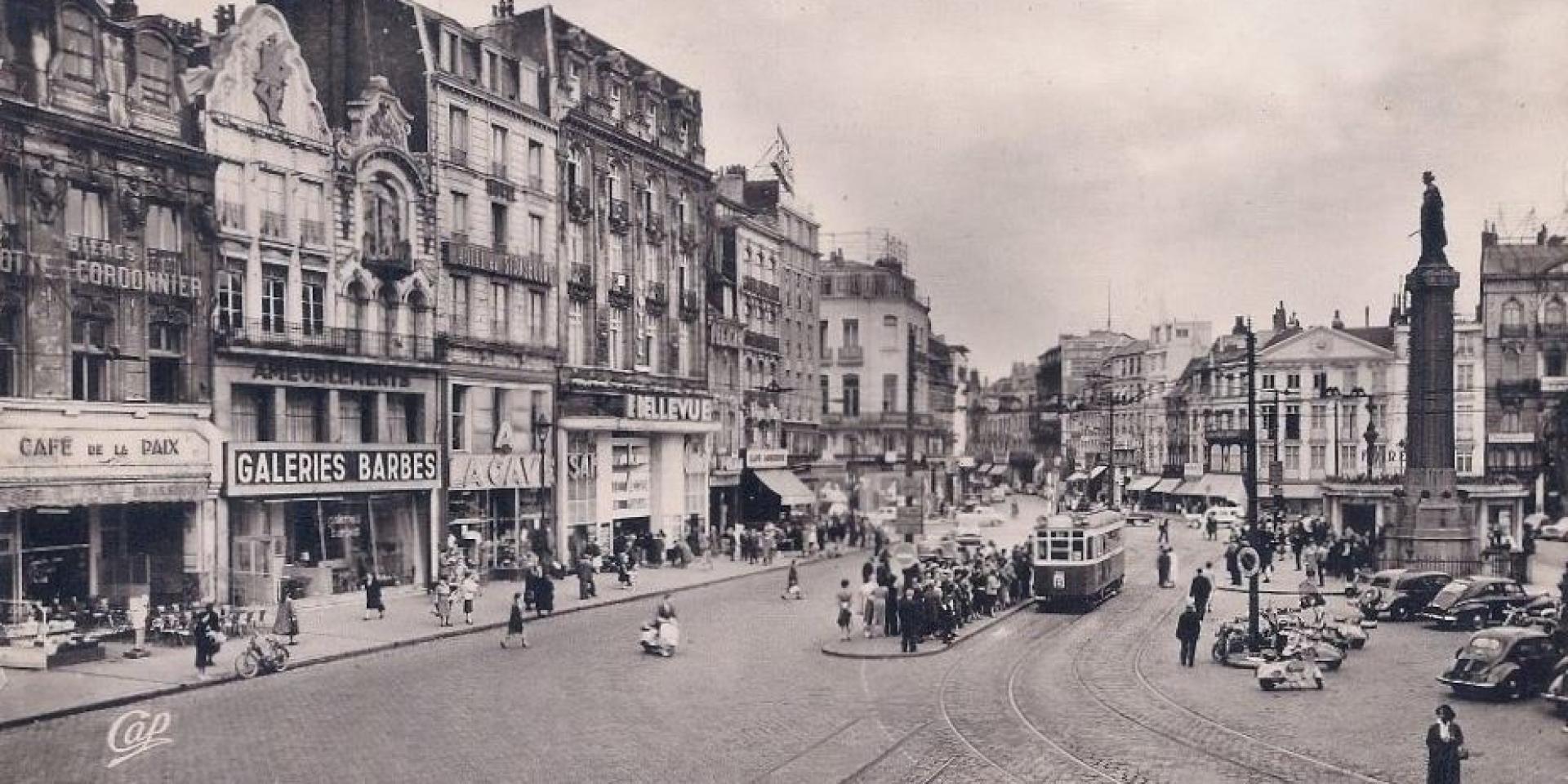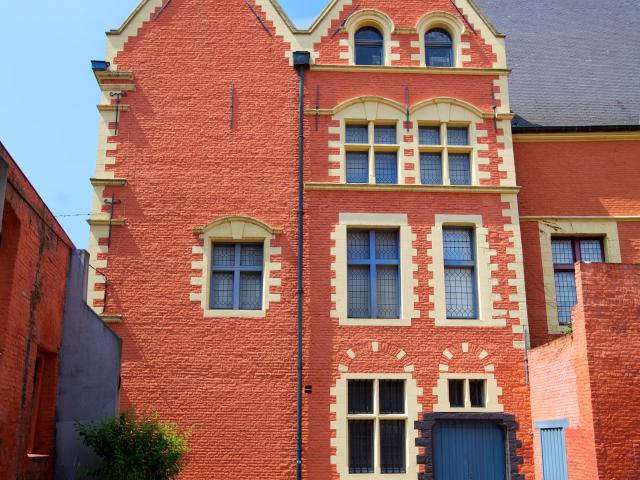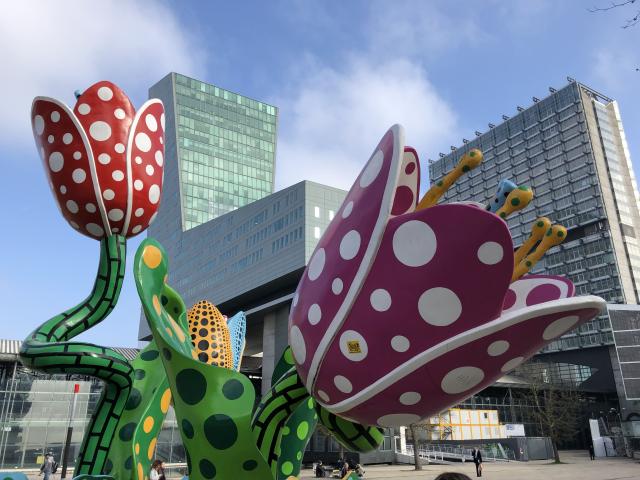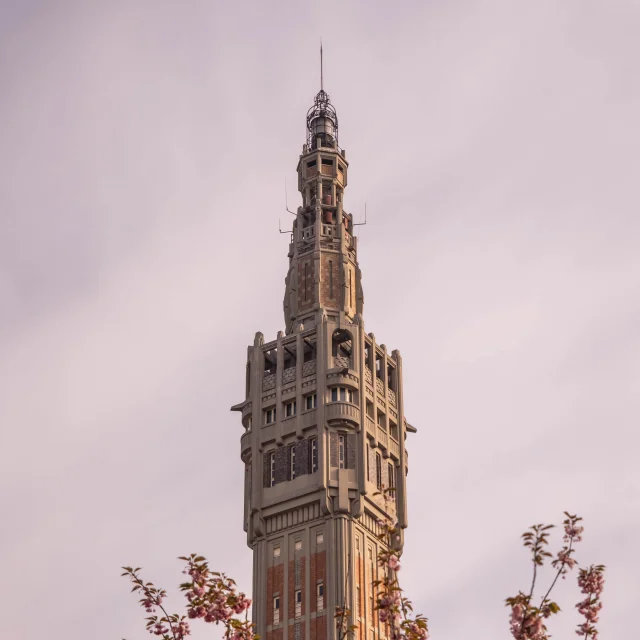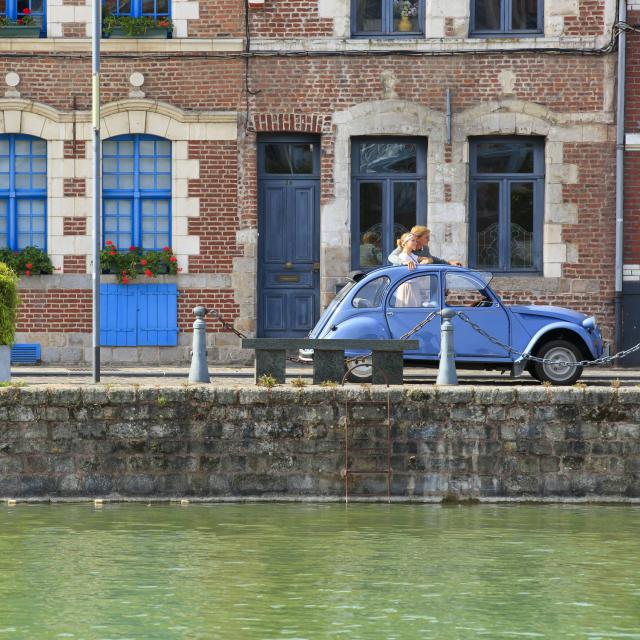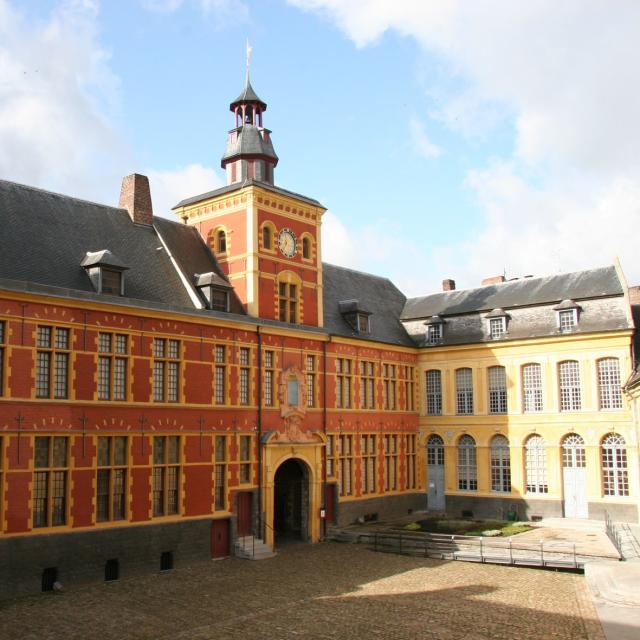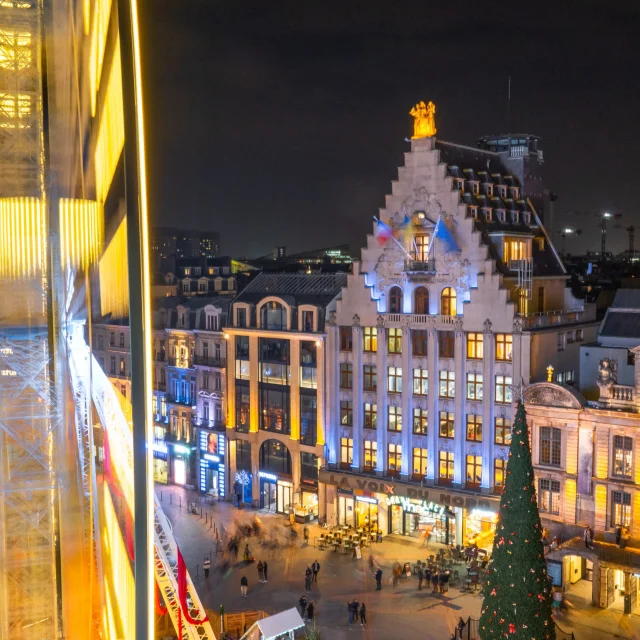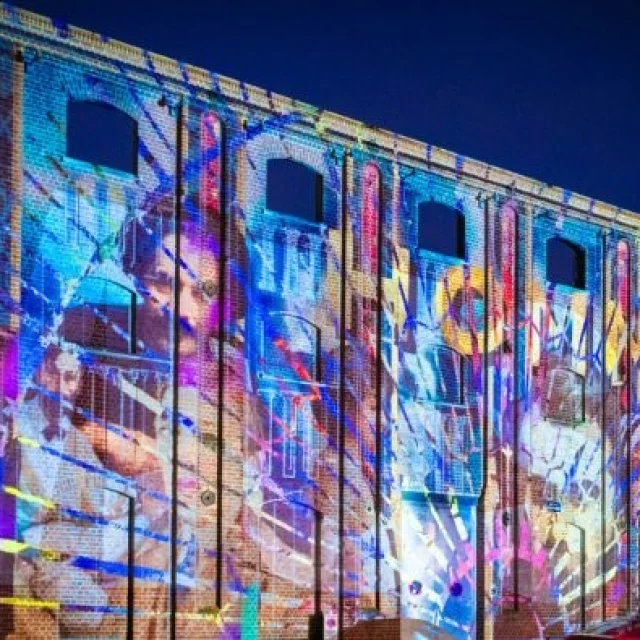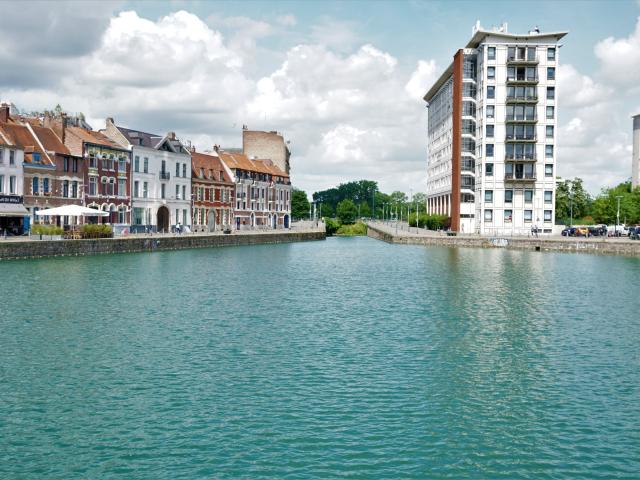 Quai du Wault
Quai du WaultOriginally,water
The first written evidence of Lille’s existence can be found in a charter dated 1066, in which Baudouin V, Count of Flanders, endowed the collegiate church of Saint-Pierre with a chapter of canons and revenues. In this document, the town is referred to as “isla”, a word derived from the Latin “insula”, meaning “island”. Indeed, Lille was born from water, the Deûle, a secondary river with a modest flow but located on a major traffic route between the major Flemish cities and the Champagne fairs.
The town developed on a site where there was a break in the river’s course, requiring goods to be unloaded and transported to a more navigable section. From the outset, the town was a port, an infrastructure that foreshadowed its vocation as a trading city.
